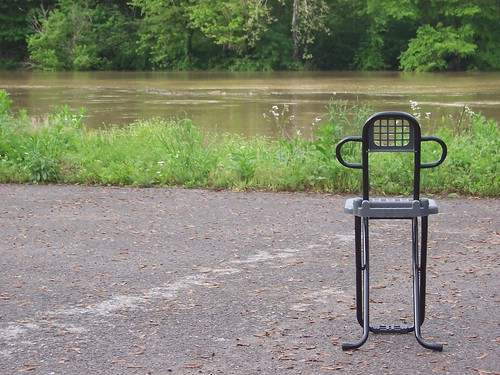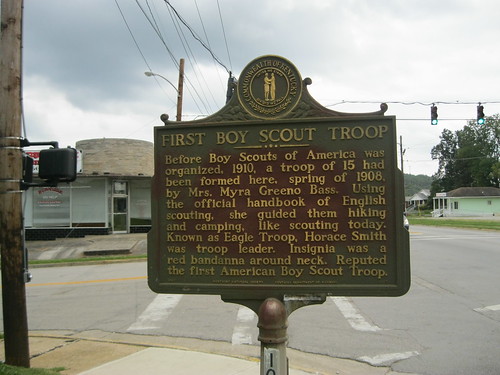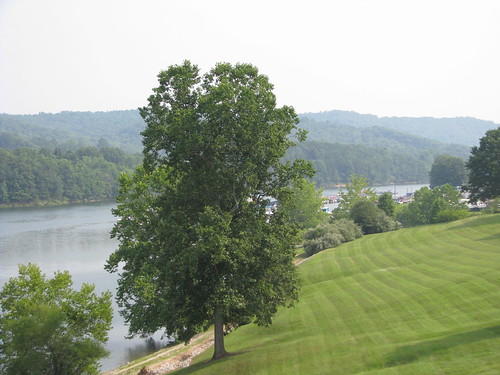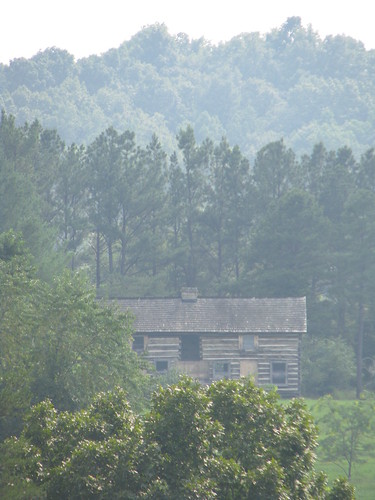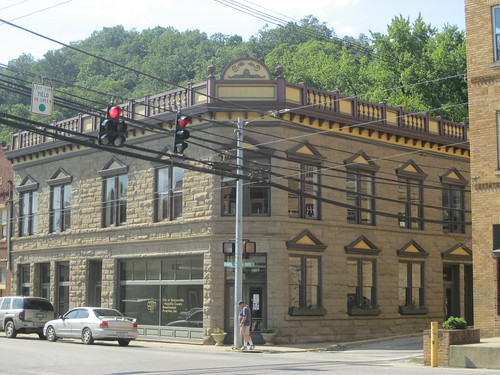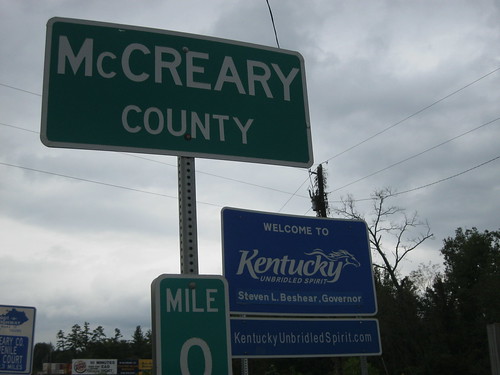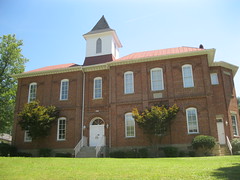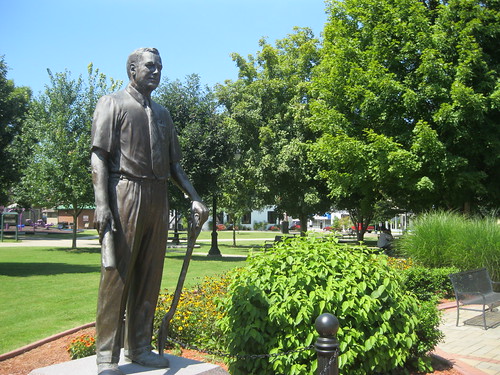 |
| Kentucky Air National Guard C-130 – Georgetown, Ky. |
The history of Georgetown’s community airport began in 1987 when the airport board had only $500 dollars. Seven years later, a 4,000 foot runway opened with a single hangar and no income. When last year’s World Equestrian Games was on the horizon, the Georgetown-Scott County Regional Airport underwent a $4 million renovation which involved the construction of a beautiful terminal, expanded hanger options and a longer runway.
 |
| Terminal at Georgetown-Scott Co. Regional Airport – Georgetown, Ky. |
Not long ago, the airport board broad even more attention to this community airport with a well-executed airshow called AirFest which both I and the lil’ Kaintuckeean attended.
Although his favorite plane was a two-seat experimental that looked quite similar to Anakin’s craft on Star Wars, we both were also quite impressed with the C-130 Hercules transport brought in by the Kentucky Air National Guard. This behemoth plane is impressive.
Although only there for a little over an hour, we witnessed several takeoffs and landings of experimental, military and historic aircraft.
The Georgetown-Scott County Regional Airport is a great facility located just east of Georgetown on US 460. I hope to return next year for another AirFest (if it becomes an annual event)! You can view more pictures of the Airport (and from Airfest) on flickr.

